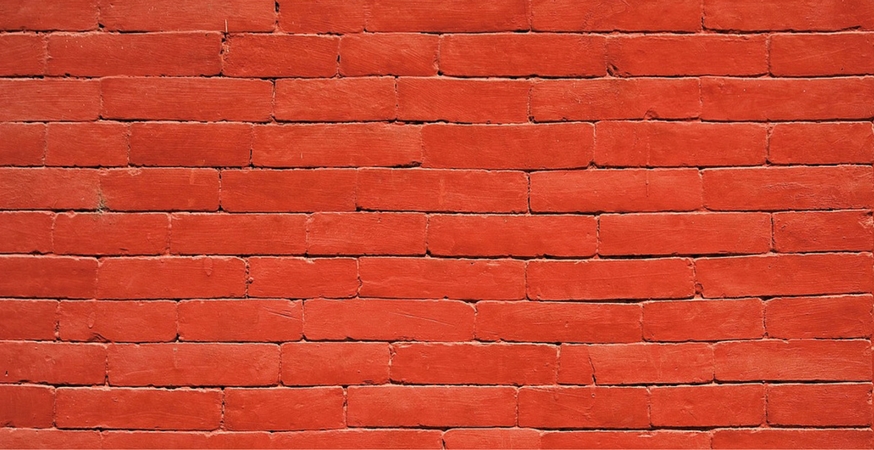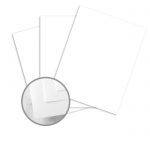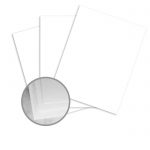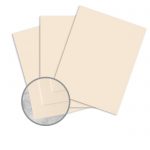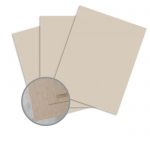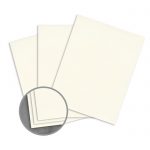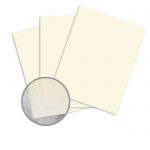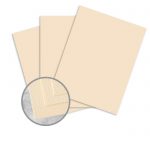We are all familiar with texture, even if we’re not always conscious of it. Everything has a texture, from smooth glass to the craggiest rock, and graphic design is no exception.
Adding texture to your designs is simple. Here are some easy ways to include texture in your projects:
- Add a textured background. Be sure to use a subtle texture like crumpled paper or concrete so your background doesn’t distract from your message. This poster uses a slightly textured background to add dimension to the rest of the design.
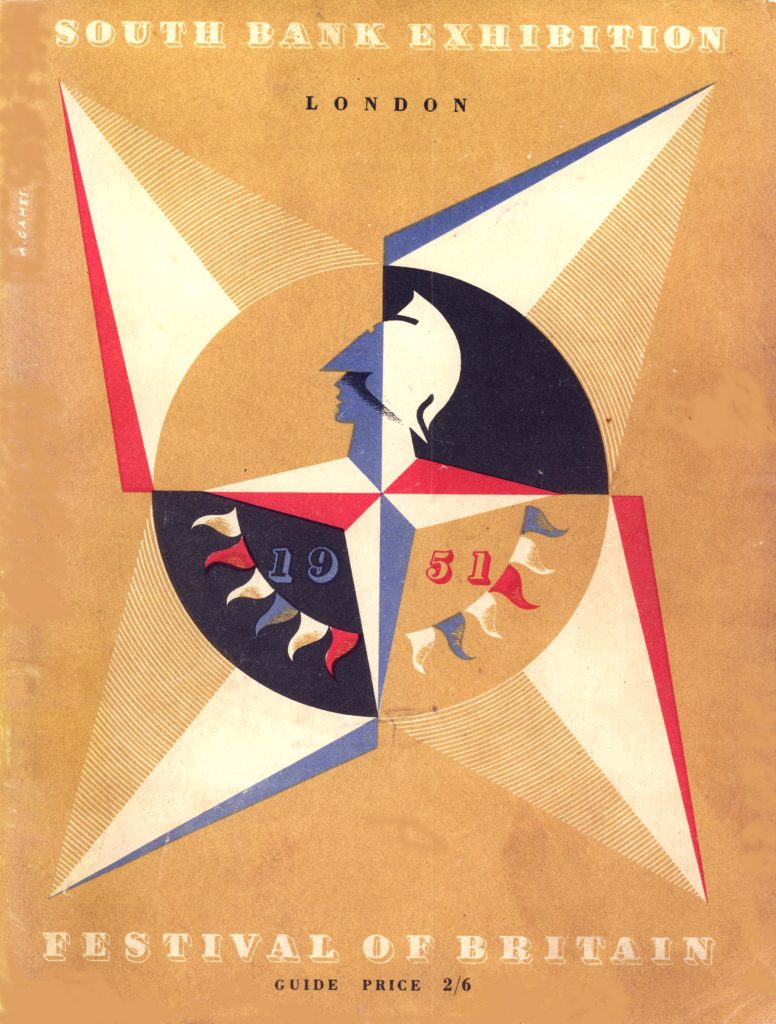
- Add layers to your designs. Layer text over other design elements to create a sense of three-dimensionality.
- Incorporate photography. Use a photo for your background or cut and paste elements of detailed photos to create layers. Try adjusting the saturation, transparency, and brightness or contrast of a photo to create different textural values.
- Experiment with natural textures. Earthy textures like florals, tree bark, or foliage are great ways to add warmth and character to your designs. This movie poster is a great example.
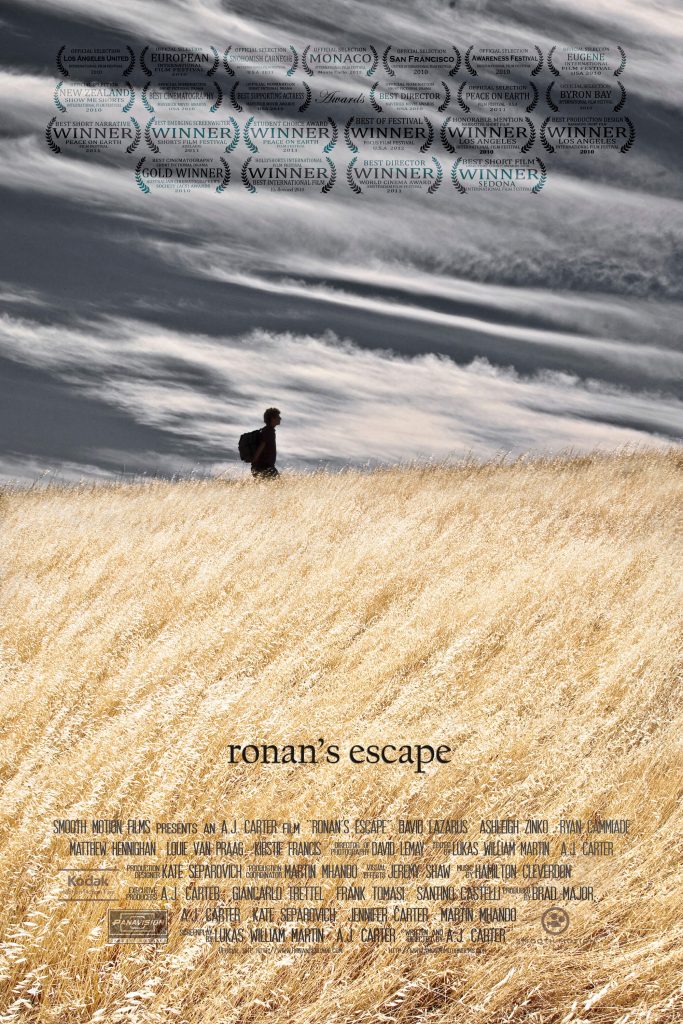
- Create patterns. Repeated elements create texture. Try repeating textures in a grid pattern to create unity within your design.
- Contrast light and dark colors to create depth in your designs.
- Consider using print finishes like Letterpress or embossing to add physical tactile texture to your designs like this invitation.
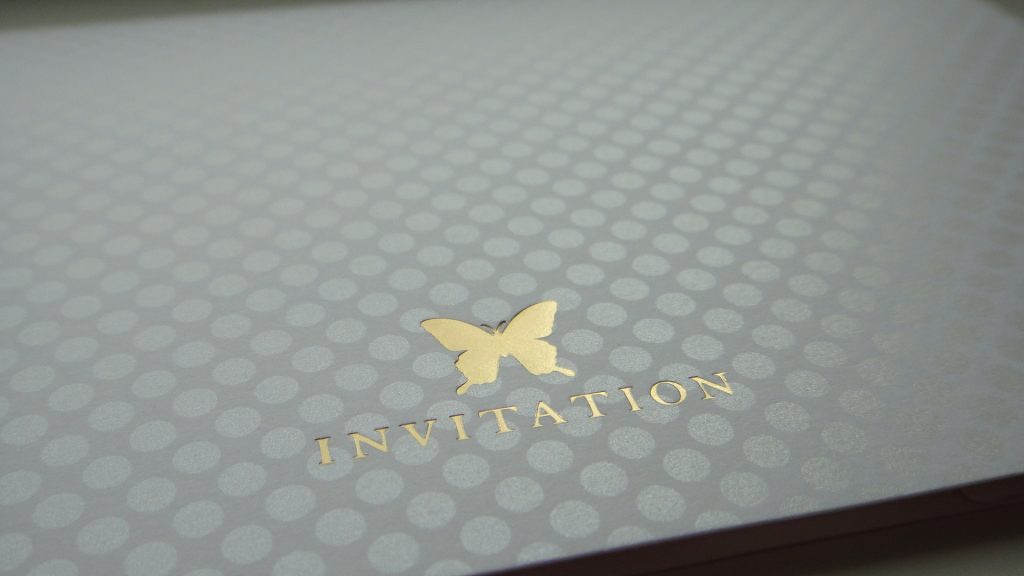
- Texture your type. Different type styles convey different textures. Highly decorative or serif typefaces add more texture than simple sans serif typefaces.
- Print on textured paper. Incorporate subtle, tactile textures into your designs by using textured paper or by experimenting with different paper weights. Heavier papers offer a stronger tactile texture than lighter papers.
Paper texture is technically referred to as “paper finish”. There are two main categories of paper finish – smooth and textured – but even smooth papers are textured (since smooth is a texture all on its own). Each paper finish has its own ideal use.
Here are some of the most common finishes:
Wove Paper Finish
Wove is the standard paper finish. It’s slightly textured but mostly smooth to the touch. Try using one of these wove papers:
See all of our wove finish papers.
Vellum Paper Finish
Vellum finish is smooth to the eye but textured to the touch, similar to an eggshell. Here are some of our favorite vellum papers:
Here are the rest of our vellum finish papers.
Smooth Paper Finish
Smooth paper is as smooth as you can get, and it’s suitable for any use. Check out these smooth papers:
Check out our other smooth papers.
Linen Paper Finish
Linen finish papers resemble linen cloth. It’s a classic, elegant choice for any design project. Take a look at these linen papers:
Laid Paper Finish
Laid paper mimics the look of handcrafted paper, and is characterized by the grid texture created by the fine lines running across the page. Here are some of our favorite laid papers:
Take a look at our other laid papers.
Felt Paper Finish
The felt paper finish is subtler than laid paper. Check out these felt papers:
See more felt finish papers and envelopes.
Tips for Using Texture in Your Designs
Texture can add extra oomph to even the simplest, most lackluster design projects. But just like a lumpy gravy, poorly applied texture can leave a bad taste in your mouth. Here are our tips for using texture in your designs:
- Less is more. Texture should be subtle. Try using grayscale textures, reducing the saturation or opacity of your textured layers, or incorporating an understated tactile texture by experimenting with different paper finishes.
- Contrast is key. We perceive texture in relation to the textures around it. A smooth textured type design will stand out even more against a rough textured background.
- Don’t rely on texture to create order in your designs. Texture is more about creating interest. There are better ways to create order in your designs, like using balance, gestalt principles, or consistency and repetition.
- Don’t use texture just to use texture. Only use texture if it supports the message you’re trying to communicate – never use textures that distract from the purpose of your design.
Getting Textural
Everything has a texture, and so should your graphic designs. Applying texture to two-dimensional projects may seem counterintuitive, but it can be an effective way of making your design pop off the page.

